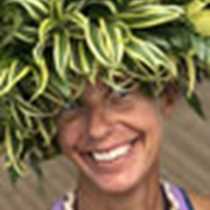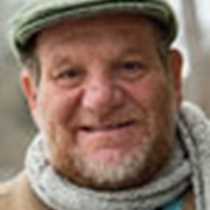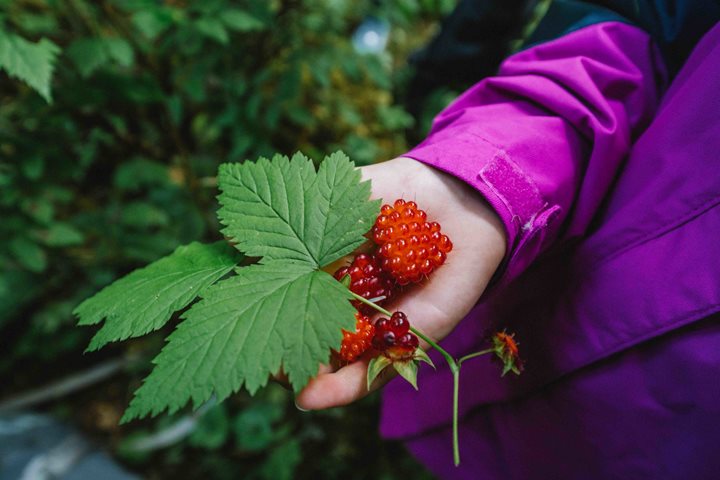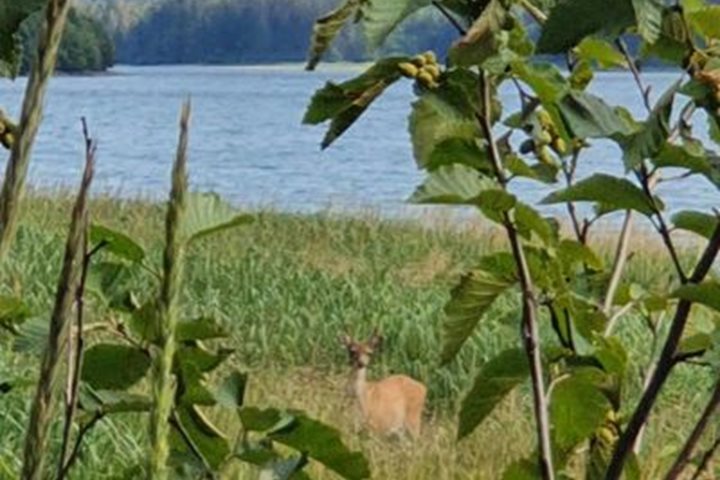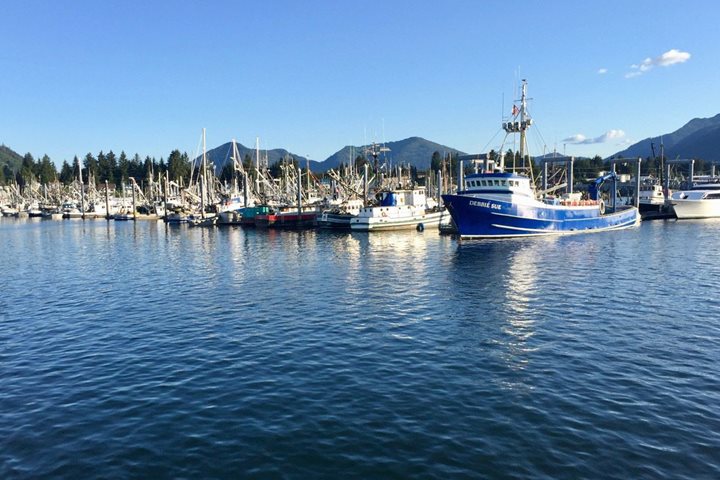This morning the National Geographic Sea Lion awoke off the north coast of Chichagof Island near Cross Sound, the northern entrance of the 500 mile long Inside Passage. Anchored off of George Island we embraced the fact that our sun kissed days could not last forever as we ventured out after breakfast into the fog on our respective activities. While some chose to explore via zodiac or kayak others walked out to the WWII gun emplacement, which helped to tell the story of WWII in Alaska. The attack on Pearl Harbor spurred the development of military in Alaska. Prior to WWII Alaska was pretty remote and had few roads for the 70,000 people who lived largely along the coast. The war was the key event in promoting Alaska’s development and the economic boom that ensued was bigger than the gold rush and the population doubled. On June 3, 1942 the Japanese launched a raid on the navy base at Dutch Harbor and a few days later went on to occupy Attu and Kiska at the end of the Aleutians. It took 11 months before the US recaptured Attu sending in 11,000 troops to battle against Japanese troops that had grown to 2300. After two weeks of fighting the assault proved costly as all but 30 Japanese and 550 Americans were killed in combat. A few months’ later 35,000 troops headed to Kiska where they bombed the island for 3 days before discovering the 5000 Japanese had evacuated under the cover of the persistent fog. While none of the four 50-cailber guns in Southeast, Alaska saw action the region was prepared for war.
After lunch we explored the Inian Islands via our inflatables and had just one of the best cruises of our lives in the company of lions and otters! The Steller sea lion is the largest species of sea lion in the world and they put on quite a show both at their haul out and in the water. First described by George Steller, the naturalist on Vitus Bering’s 1741 expedition, these animals display significant sexual dimorphism with the males weighing 1500+ pounds and the females significantly smaller at 600 pounds. Eating 6% of their body weight a day these animals feed in areas of abundance in order to consume the 40-120 pounds of food a day they need to sustain their mass. Their curiosity provided some incredible encounters. Sea otters in the kelp forest along the coast helped to paint the picture of why the Russians came to claim this incredible land mass as their own once they realized the value of this weasel who lacks blubber but makes up for it in their incredible fur that became known as “soft gold”.



